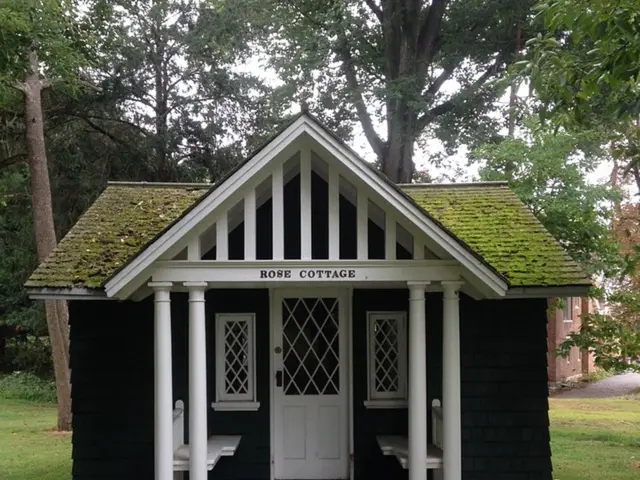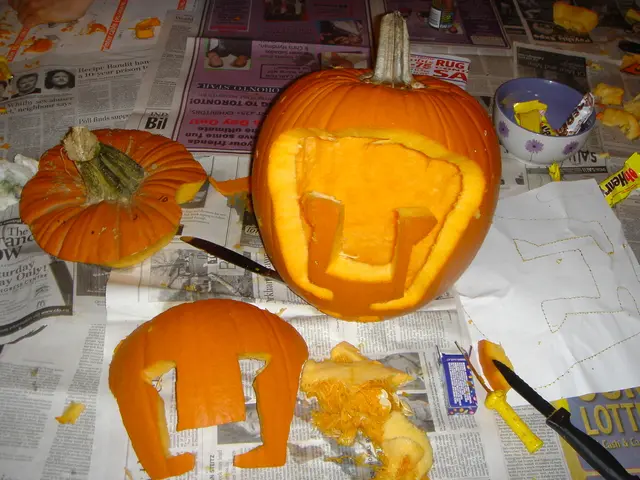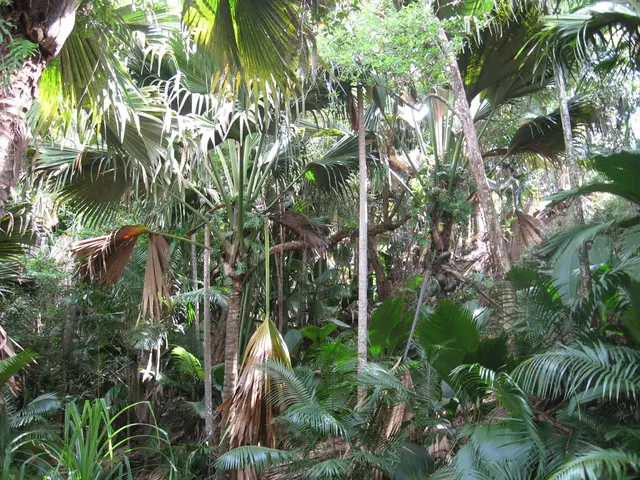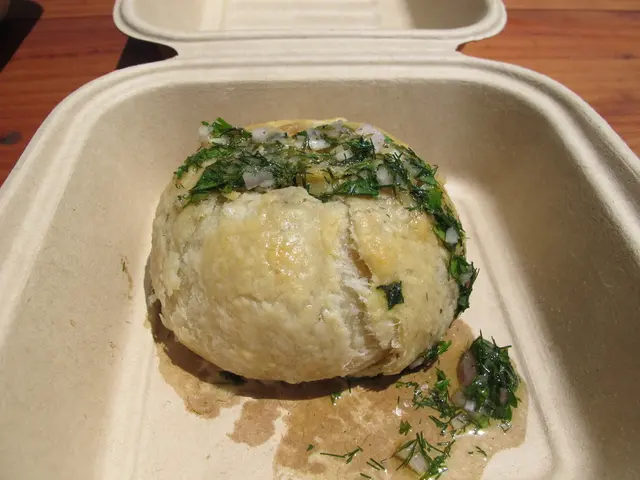Must-See Chinese Art Museums to Explore
China's art scene is as vast and diverse as its history, and its museums are a testament to this rich cultural heritage. From the ancient imperial relics to the modern contemporary art, these institutions offer a captivating journey through time.
The Shanghai Museum
Located in the heart of Shanghai, People's Square, the Shanghai Museum is a distinguished art museum celebrated for its exceptional architecture and outstanding collection of ancient Chinese art. The museum spans over 18,000 square meters of exhibition space across 21 halls, featuring eleven galleries and three special exhibition halls. Its collection includes traditional Chinese painting, oil painting, printmaking, sculpture, folk art, and calligraphy. The museum actively collaborates with international artists and institutions to foster cross-cultural dialogue. Notable exhibitions have included works by Cao Fei, Zhang Xiaogang, and Wu Guanzhong. The Today Art Museum, a separate entity in Beijing, is particularly known for championing emerging Chinese artists.
The Long Museum
The Long Museum West Bund, located along the Huangpu River in the West Bund cultural corridor, stands out as one of the most dynamic and influential private art institutions in China. Founded by Liu Yiqian and Wang Wei, the museum's permanent collection reflects an impressive range of interests, from traditional Chinese paintings and Buddhist sculptures to modern and contemporary art. Its striking concrete-and-glass structure, designed by Liu Yichun, adds to its modern allure.
The National Art Museum of China
Established in 1963 by the Ministry of Culture and Tourism, the National Art Museum of China in Beijing is a leading art museum in China. It hosts major national and international exhibitions and provides lectures, guided tours, workshops, and academic publications. The museum's collection is vast and varied, offering insights into China's artistic journey through the ages.
Other Notable Museums
The Guangdong Museum, located in Guangzhou, is a landmark cultural institution known for its wide-ranging exhibitions and striking architectural presence. Its dedication to cultural education is evident in its diverse public programs and research division. The museum's art collection is particularly notable for its focus on traditional Chinese painting, calligraphy, and ceramics.
The Nanjing Museum in Jiangsu is one of the largest museums globally, established in 1933. Its vast collection includes Chinese history, art, and cultural heritage such as a Han dynasty jade burial suit (circa 25-220 CE) and Neolithic pottery dating back to 4300 BCE. It attracts over 5 million visitors annually.
The Palace Museum (Forbidden City) in Beijing is the largest and best-preserved ancient palace complex in the world, covering 720,000 square meters. It housed 24 emperors over the Ming and Qing dynasties (1368-1911). The museum exhibits extensive imperial antiques such as the Neolithic Jade Dragon and Shang-Zhou dynasty bronzes. It offers insights into imperial life through the Outer Court and living quarters, as well as a must-see exhibition on Ancient China’s social conditions over dynastic periods.
A Glimpse into China's Art Scene
These institutions represent China’s broad artistic heritage, from ancient imperial crafts and cultural relics to modern and contemporary art scenes. Each museum offers a unique perspective on China's artistic journey, making them must-visit destinations for art enthusiasts worldwide. Whether you're interested in traditional Chinese art, contemporary Chinese art, or the intersection of art and technology, China's museums have something for everyone.
The Shanghai Museum showcases China's rich cultural heritage, not only through its collection of ancient Chinese art but also through its collaborations with international artists and institutions, creating a fusion of traditional and contemporary lifestyles in the realm of travel.
Embarking on a journey along the Huangpu River, The Long Museum West Bund offers an intriguing blend of traditional Chinese art and modern contemporary pieces, reflecting the dynamic travel experiences one encounters in today's China.





